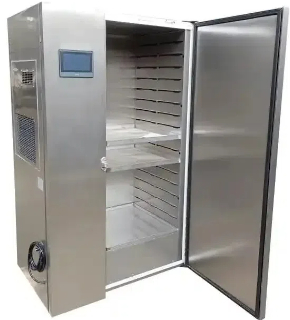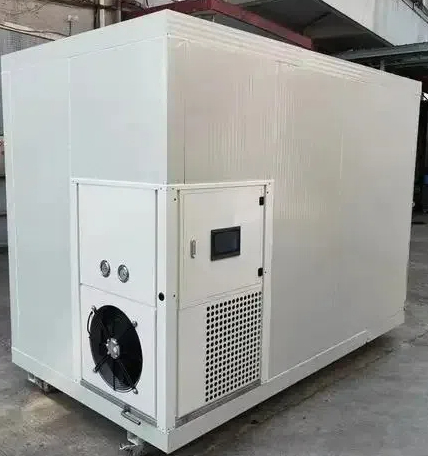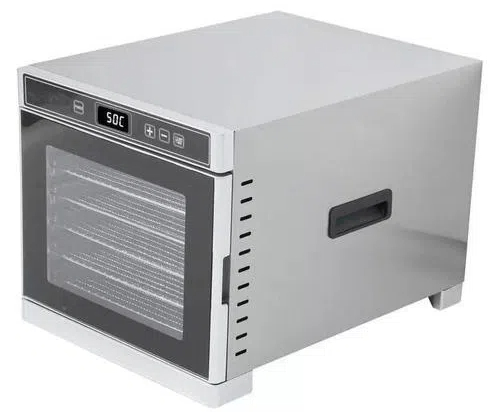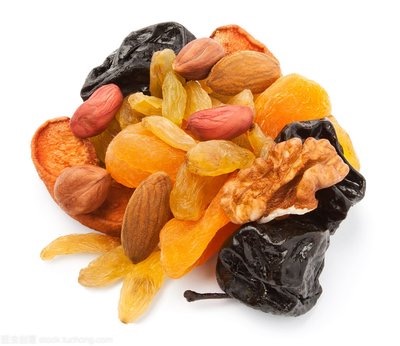
Content Menu
● Introduction
● Understanding Food Drying
● Types of Food Dryers
>> Electric Dehydrators
>> Heat Pump Dryers
● Applications of Food Drying
● Choosing the Right Food Dryer
● Conclusion
● Frequently Asked Questions
>> 1. What are the benefits of food drying?
>> 2. How does a heat pump dryer work?
>> 3. What foods can be dried at home?
>> 4. Are there any health benefits to dried foods?
>> 5. How do I maintain my food dryer?
Introduction
Food preservation has been a crucial aspect of human survival and culinary culture for centuries. Among various methods, food drying stands out as one of the oldest and most effective techniques. This article explores the intricacies of food drying, focusing on modern technologies like heat pump dryers, their applications, and the benefits they offer in food processing.

Understanding Food Drying
Food drying is the process of removing moisture from food to inhibit the growth of bacteria, yeasts, and molds. This method not only extends the shelf life of food but also concentrates flavors and nutrients. Historically, drying was done using the sun or air, but advancements in technology have led to more efficient methods.
Types of Food Dryers
There are several types of food dryers available today, each with its unique advantages. Traditional methods include sun drying and air drying, which are cost-effective but time-consuming. Modern methods, such as electric dehydrators and heat pump dryers, offer faster and more controlled drying processes.
Electric Dehydrators
These appliances use electric heat to dry food, providing consistent temperatures and airflow. They are ideal for home use and can handle a variety of foods.
Heat Pump Dryers
Utilizing advanced technology, heat pump dryers recycle heat and moisture, making them energy-efficient. They are particularly beneficial for large-scale food processing, allowing for uniform drying without compromising the quality of the food.
The operational process involves drawing in moist air, extracting moisture through condensation, and returning warm, dry air to the drying chamber. This closed-loop system not only saves energy but also minimizes environmental impact.

Applications of Food Drying
Food drying is widely used in various industries, including agriculture, food processing, and culinary arts. Commonly dried foods include fruits, vegetables, herbs, and meats. The dried products are not only convenient for storage but also serve as essential ingredients in many recipes.
In industrial settings, heat pump dryers are employed to produce high-quality dried products at scale. They are particularly useful for creating snacks, such as dried fruits and jerky, which have gained popularity among health-conscious consumers.
Choosing the Right Food Dryer
When selecting a food dryer, several factors should be considered, including capacity, energy efficiency, and the types of food you plan to dry. Popular brands like Excalibur, Nesco, and Magic Mill offer a range of models suitable for both home and commercial use.
Conclusion
Food drying is an essential technique that combines art and science to preserve food effectively. With advancements in technology, particularly heat pump dryers, the process has become more efficient and environmentally friendly. As the demand for dried foods continues to rise, understanding the benefits and applications of food drying will be crucial for both consumers and producers.

Frequently Asked Questions
1. What are the benefits of food drying?
Food drying extends shelf life, concentrates flavors, and retains nutrients, making it a valuable preservation method.
2. How does a heat pump dryer work?
A heat pump dryer recirculates air, extracting moisture while recycling heat, resulting in energy-efficient drying.
3. What foods can be dried at home?
Common foods include fruits, vegetables, herbs, and meats, all of which can be easily dried using home dehydrators.
4. Are there any health benefits to dried foods?
Dried foods retain most of their nutrients and can be a healthy snack option, providing concentrated energy and fiber.
5. How do I maintain my food dryer?
Regular cleaning, checking for wear and tear, and following the manufacturer's guidelines will ensure your food dryer operates efficiently.












